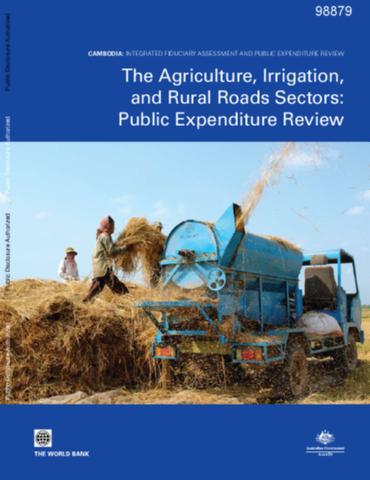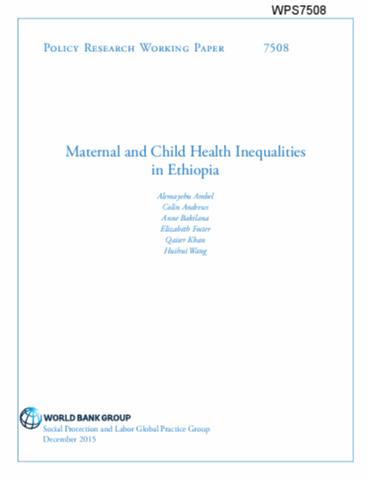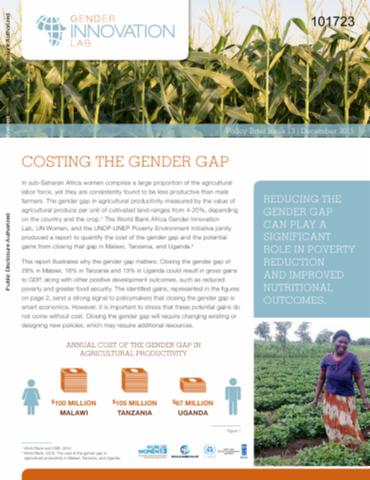integrated GIS-based interval-probabilistic programming model for land-use planning management under uncertainty—a case study at Suzhou, China
A large number of mathematical models have been developed for supporting optimization of land-use allocation; however, few of them simultaneously consider land suitability (e.g., physical features and spatial information) and various uncertainties existing in many factors (e.g., land availabilities, land demands, land-use patterns, and ecological requirements). This paper incorporates geographic information system (GIS) technology into interval-probabilistic programming (IPP) for land-use planning management (IPP-LUPM).







